Coelacanth: The Fish That Time Forgot – PBS NOVA (2001)
Coelacanth morphology and genome has been extremely informative in understanding tetrapod evolution. Marjorie Courtenay-Latimer was the curator of a natural history museum in East London. In 1938 a local fisher brought a curious fish specimen which was to become a major discovery in evolutionary biology. Latimer described the fish as Latimeria chalumnae. The fish was over 1 m long, bluish in color. Most interestingly it had fleshy fins that resembled the limbs of terrestrial vertebrates. The discovery was a hugely interesting […]

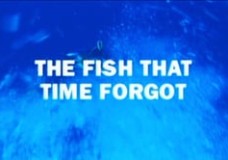
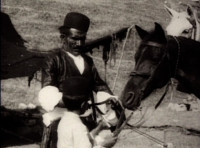


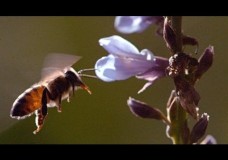
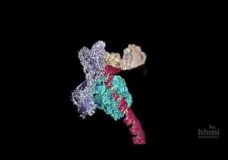
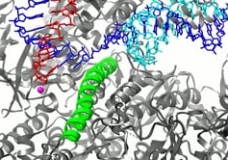
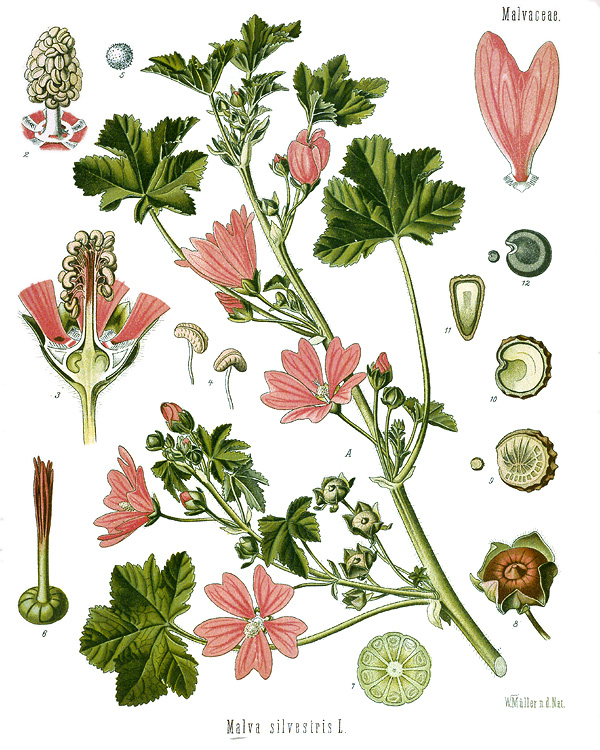
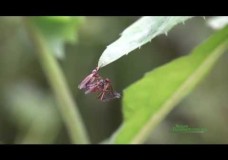
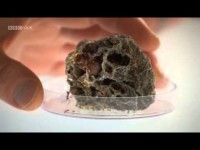


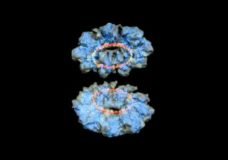
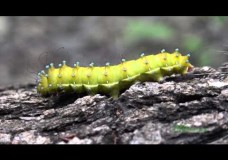
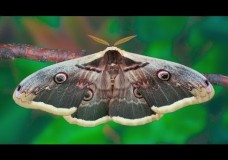

Recent Comments